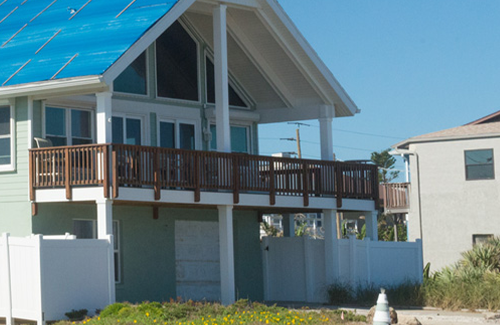The overall goal of flood risk mitigation is to reduce or eliminate potential flood damage, in a way that is cost-effective, complies with floodplain regulations, and is acceptable to the homeowner in terms of appearance and livability. Mitigation can help avoid flood damage and, in some cases, may reduce flood insurance premiums. While major mitigation projects can be costly, flood damage is often far more expensive and the affected property remains at risk for future flooding. However, owners should know mitigation is not a substitute for flood insurance. After mitigation is done, it’s important for owners to purchase or renew flood insurance.
Types of Mitigation
Several types of mitigation, when properly executed, make properties eligible for lower premiums. Those mitigations are property relocation, basement infills, abandoning the lowest floor, elevating the lowest interior floor, and wet floodproofing using flood openings. FEMA needs to make individual determinations on discount eligibility for other types of mitigation.
Making changes to an existing building to protect it from flooding is also known as retrofitting. Examples include:
- Elevating a structure so the lowest floor or lowest horizontal member is at or above the regulated flood level, per local ordinances.
- Abandoning the lowest floor of a structure so the entire home is on the second story with minimal to no living areas on the first story.
- Relocating a structure outside the flood hazard area, to higher ground.
- Filling in a basement, which is defined as any area of a building with the floor below base flood elevation on all sides.
- Elevating building equipment and utility systems and/or protecting them in their current location.
- Installing flood openings (sometimes referred to as wet floodproofing), which allow water to flow in and out of unoccupied areas with lower risk of structural damage. Those areas of the home must also be made flood resistant.
- Dry floodproofing or sealing a structure to prevent water from entering.
Other Potential Mitigation Assistance
In some cases, communities may be eligible for federal flood risk mitigation grants, which may also benefit home and business owners. Owners can encourage local officials to apply for grants.
Your clients can learn more about mitigation efforts and increased cost compliance (ICC) at FloodSmart.gov.

